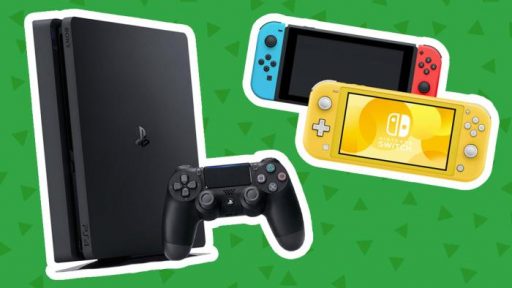Content Table:
Choosing a Video Game System: Which One Is Best for Kids?
In the past, selecting a video game system for children was relatively straightforward. With classic games like Pac-Man and Space Invaders, parents had little to worry about regarding content. However, the landscape has changed dramatically with the emergence of games featuring mature content. Today, parents are eager to identify which systems offer the most kid-friendly options, ensuring their children can enjoy gaming without exposing them to inappropriate material.
The Sony PlayStation 2
Let’s start with the Sony PlayStation 2, the best-selling game console on the market. With thousands of titles available, there are approximately 600 games rated ‘E’ for everyone, meaning they are suitable for players aged six and above. However, some of these games may be too complex for younger children. For kids aged ten and above, there are games rated ‘E10+’, while those rated ‘EC’ (Early Childhood) are designed specifically for the very young. Popular E10+ games include Shrek Super Slam and Chicken Little, while EC titles like Dora the Explorer: Journey to the Purple Planet and Eggo Mania cater to little ones.
Nintendo’s GameCube
Nintendo’s GameCube remains a favorite due to its lineup of titles popular with children. The Entertainment Software Rating Board (ESRB) lists 263 games rated ‘E’ for the GameCube, including beloved classics such as Sonic GEMS Collection, Mario Party 6, and Mario Tennis. The GameCube also features exclusive titles from the Legend of Zelda series and various Pokemon games, making it a fantastic choice for younger gamers.
Microsoft’s Xbox and Xbox 360
Microsoft’s Xbox and Xbox 360 offer a plethora of titles rated ‘E’; the Xbox boasts approximately 270 games, while the Xbox 360 has around a dozen so far. Notable E-rated games include Astropop and Feeding Frenzy, exclusive to these consoles. However, many publishers release crossover titles available across multiple platforms. For example, LEGO Star Wars (rated ‘E’) is accessible on GameCube, PS2, and Xbox, while Dora the Explorer (rated ‘EC’) can be found on the PS2 and Xbox but not on the GameCube.
Parental Control Options
When it comes to parental control options, the Xbox and Xbox 360 stand out for their robust features. Parents can set restrictions on the games and movies that can be played on these systems. For instance, if set to only allow ‘E’-rated games, children won’t have access to DVDs or games with Teen, Mature, or Adults Only ratings. The GameCube offers a less effective parental lock feature, merely toning down certain effects but failing to block inappropriate games altogether. Unfortunately, the PlayStation 2 lacks effective parental controls entirely, only allowing parents to restrict DVD content.
Price Comparison
In terms of pricing, the GameCube is the most budget-friendly option, retailing for around $99. It is significantly cheaper than the PlayStation 2 and Xbox, which range from $150 to $199, depending on bundled games. The Xbox 360, being the newest console, commands the highest price, starting at $299 for the system with a wired controller. For $399, players receive a wireless controller, headset for online communication, a 20 GB hard drive, and a remote, making it a premium choice.
Making the Right Choice
Before making a purchase, parents should try each system and examine the available titles. Consider factors such as the number and ages of users in the home, game availability, and budget. Each system has its pros and cons; some families may prefer the limited but popular games of the GameCube, while others might opt for the broader offerings of the PlayStation 2 or Xbox. The high-tech features of the Xbox 360 could also attract certain players. Ultimately, the right choice will provide hours of wholesome, fun, and worry-free entertainment for children and their parents alike.
